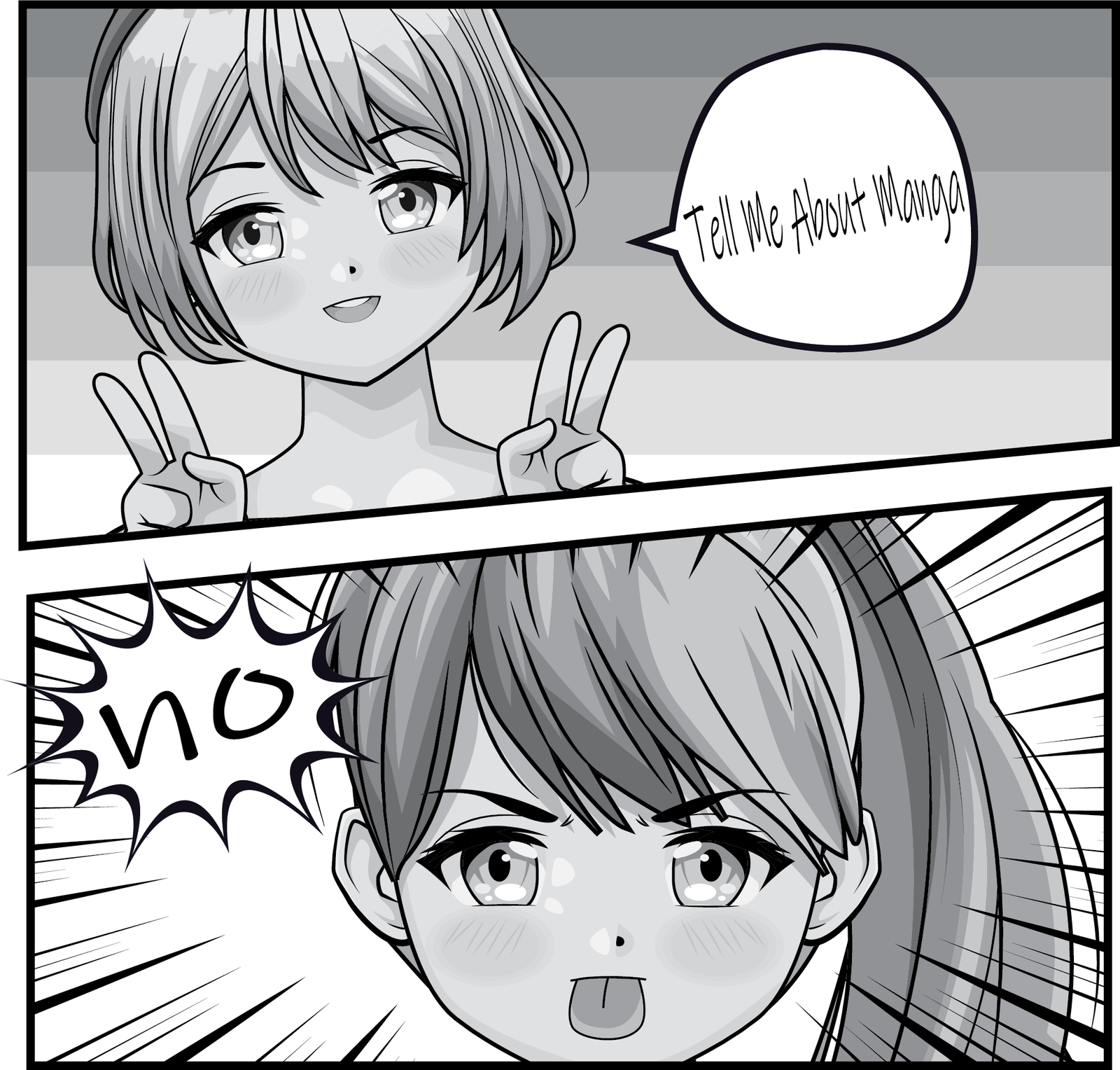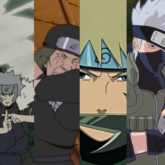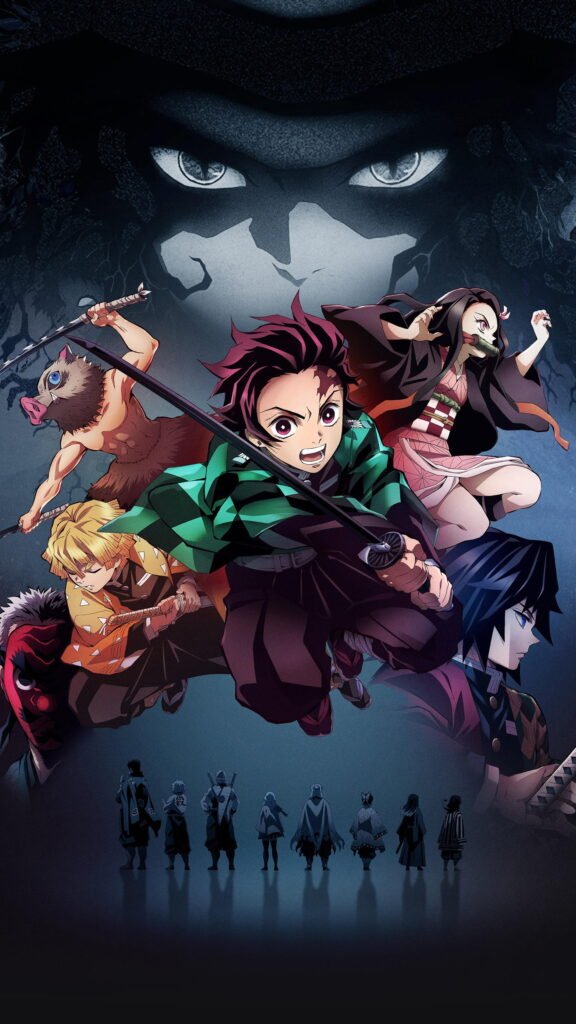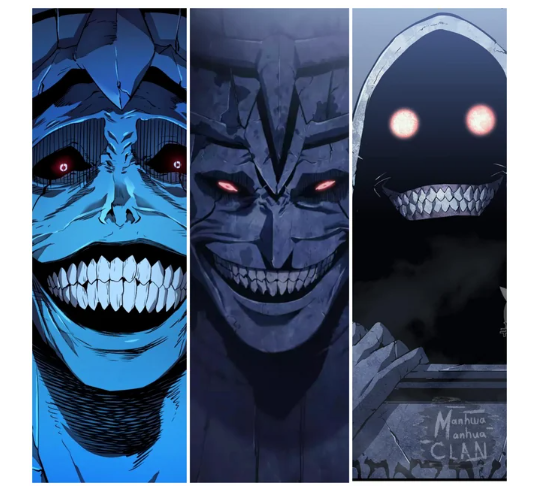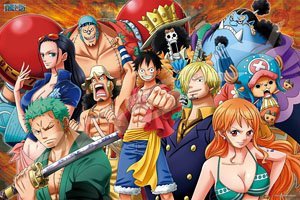Manga is basically comic but Japanese. It is one of the most popular form of entertainment in Japan and has gained international recognition and readership. It is read from right to left, following the traditional Japanese writing direction. It covers a wide range of genres including – action, adventure, romance, fantasy, science fiction, horror, comedy, and many more. Manga often features a very distinctive artwork styles characterized by exaggerated facial expressions, dynamic action scenes, and intricate detail. Some manga series have become immensely popular both in Japan and globally, spawning animated adaptations (anime), merchandise, video games, and other forms of media.
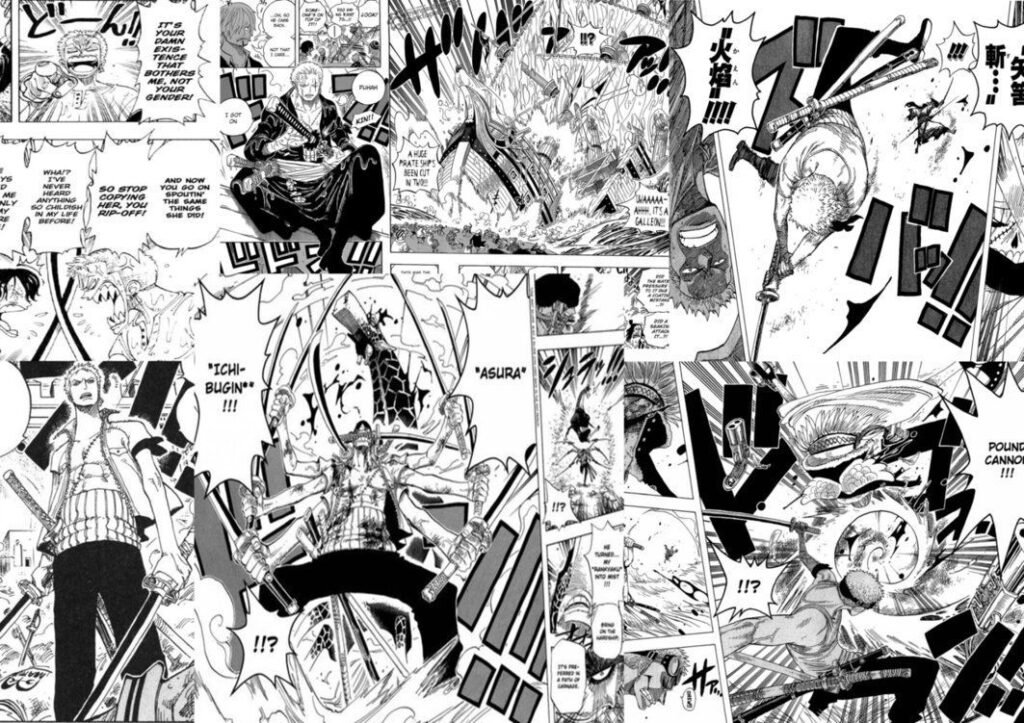
Hey there, fellow Manga enthusiast! Let’s embark on a delightful journey through the captivating history of manga! Picture this: way back in ancient Japan, artists were already crafting intricate scrolls filled with vibrant illustrations. These scrolls weren’t just art for art’s sake; they were often used to tell stories, entertain, and educate. Fast forward a few centuries to the 19th century, and you’ll find a bustling Japan in the midst of cultural transformation. In the late 1800s, Japanese artists began to experiment with a new form of sequential art, blending traditional Japanese art styles with Western influences. This fusion gave birth to what we now know as modern Manga. But wait, there’s more! It wasn’t until the early 20th century that manga really started to take off. In the 1920s, magazines and newspapers began featuring serialized manga strips, captivating readers with tales of adventure, romance, and humor. One of the pioneers of this era was Rakuten Kitazawa, often called the “father of modern manga,” whose works inspired countless artists to pick up their pens and create their own masterpieces. Fast forward to post-World War II Japan, and manga experienced a boom like never before. With the country rebuilding itself, manga provided an escape for people seeking solace and entertainment. Legendary artists like Osamu Tezuka, often hailed as the “god of manga,” emerged during this period, revolutionizing the art form with iconic works like “Astro Boy” and “Black Jack.” As the decades passed, manga continued to evolve, embracing diverse genres and styles. From shonen (aimed at young boys) to shojo (targeting young girls), seinen (for adult men) to josei (for adult women), manga has something for everyone. Today, manga isn’t just confined to the pages of magazines and books. It’s gone global, captivating readers worldwide with its compelling stories, intricate artwork, and boundless imagination. Whether you’re flipping through the pages of a classic series or discovering the latest hit, manga continues to enchant and inspire readers of all ages. So there you have it, a whirlwind tour of manga’s rich and colorful history. From its humble beginnings to its global phenomenon status, manga has truly carved out a special place in the hearts of millions. So grab your favorite series, cozy up with a cup of tea, and immerse yourself in the wonderful world of manga.
